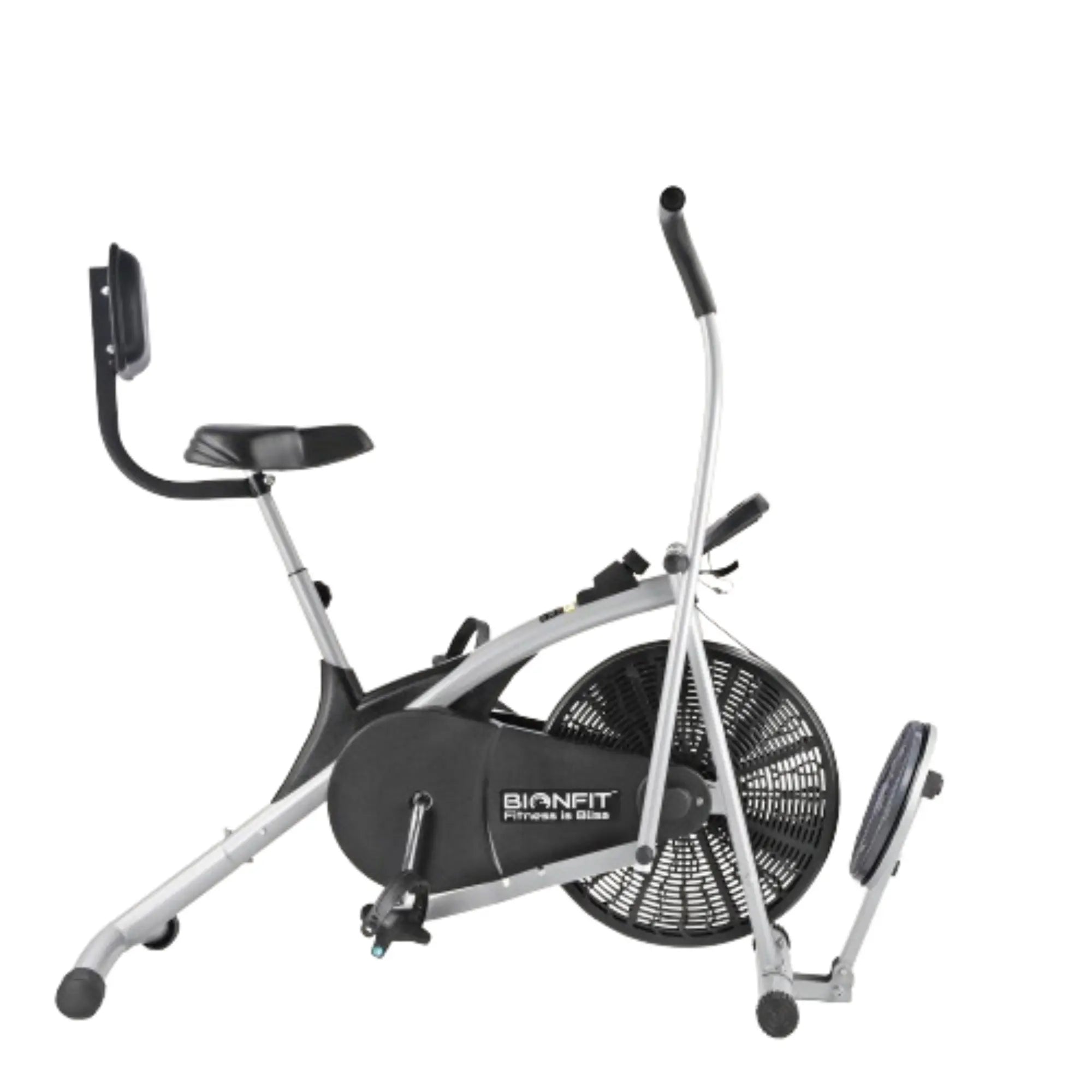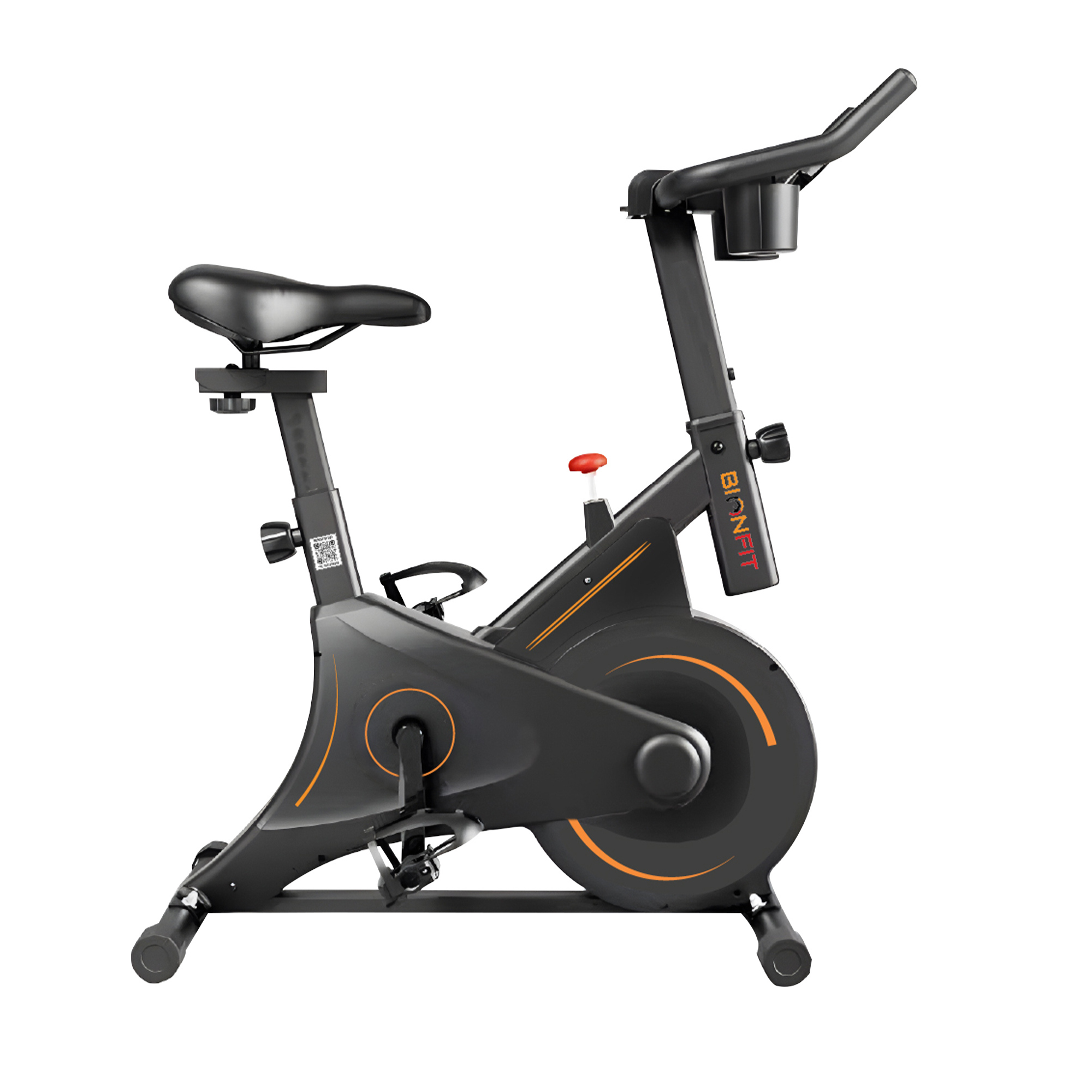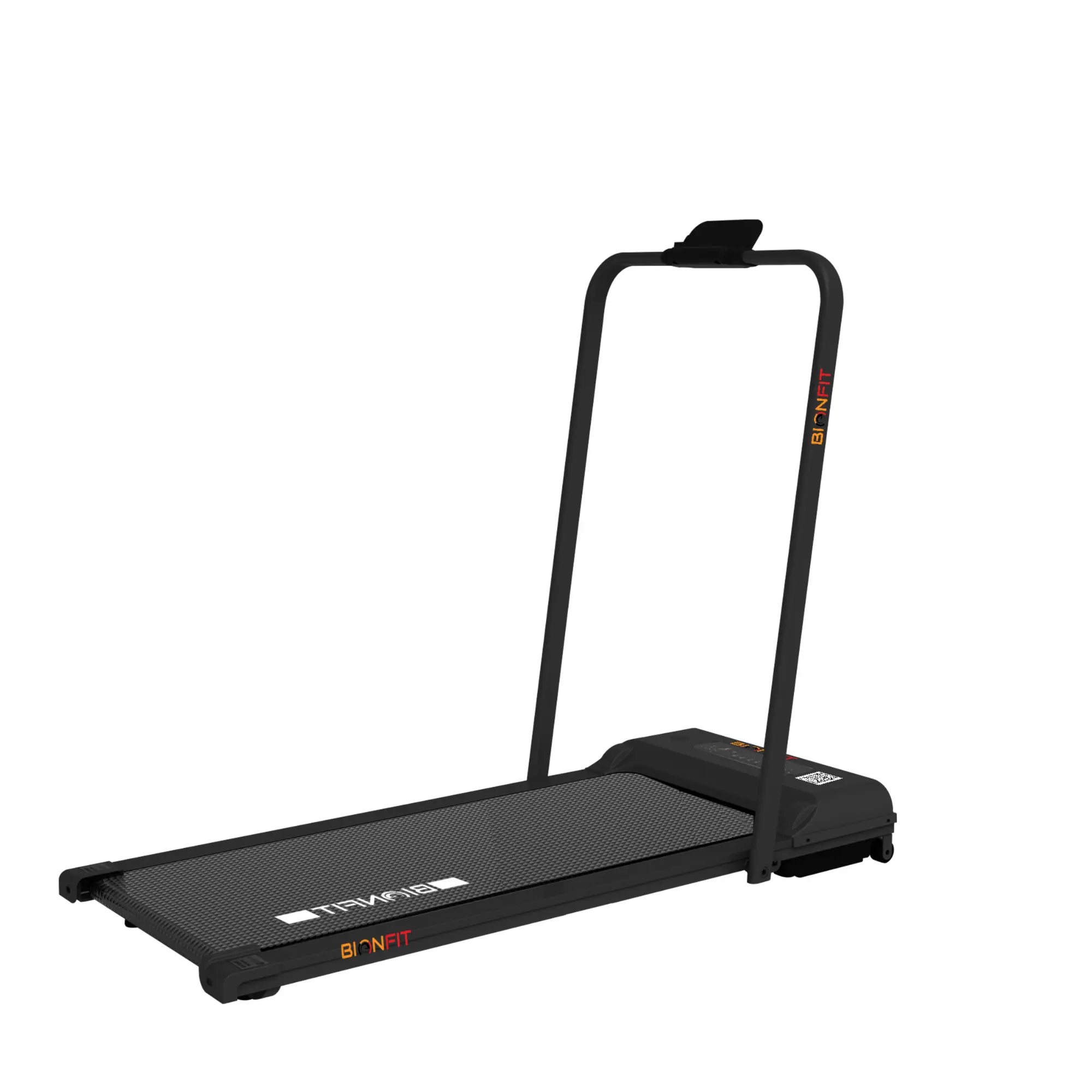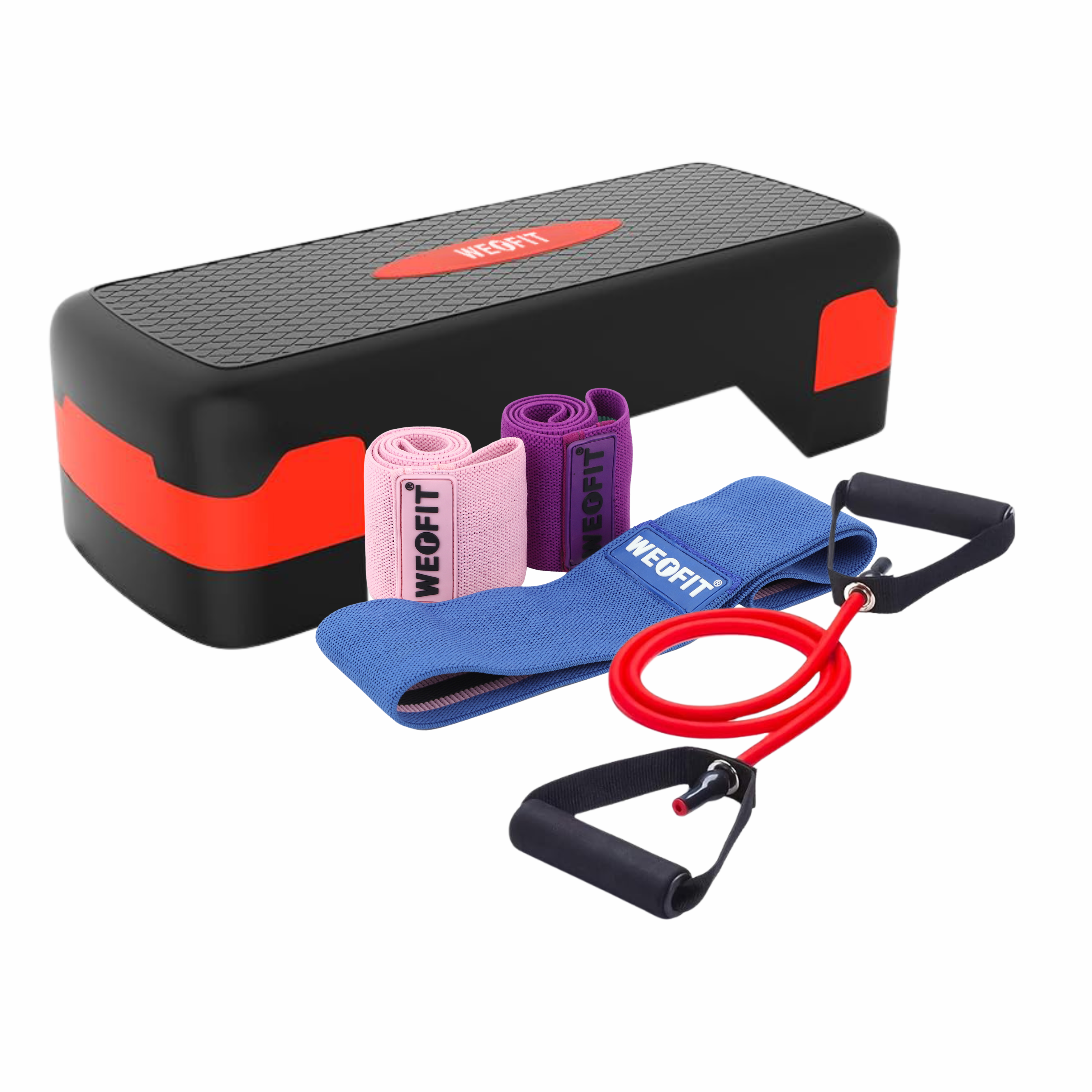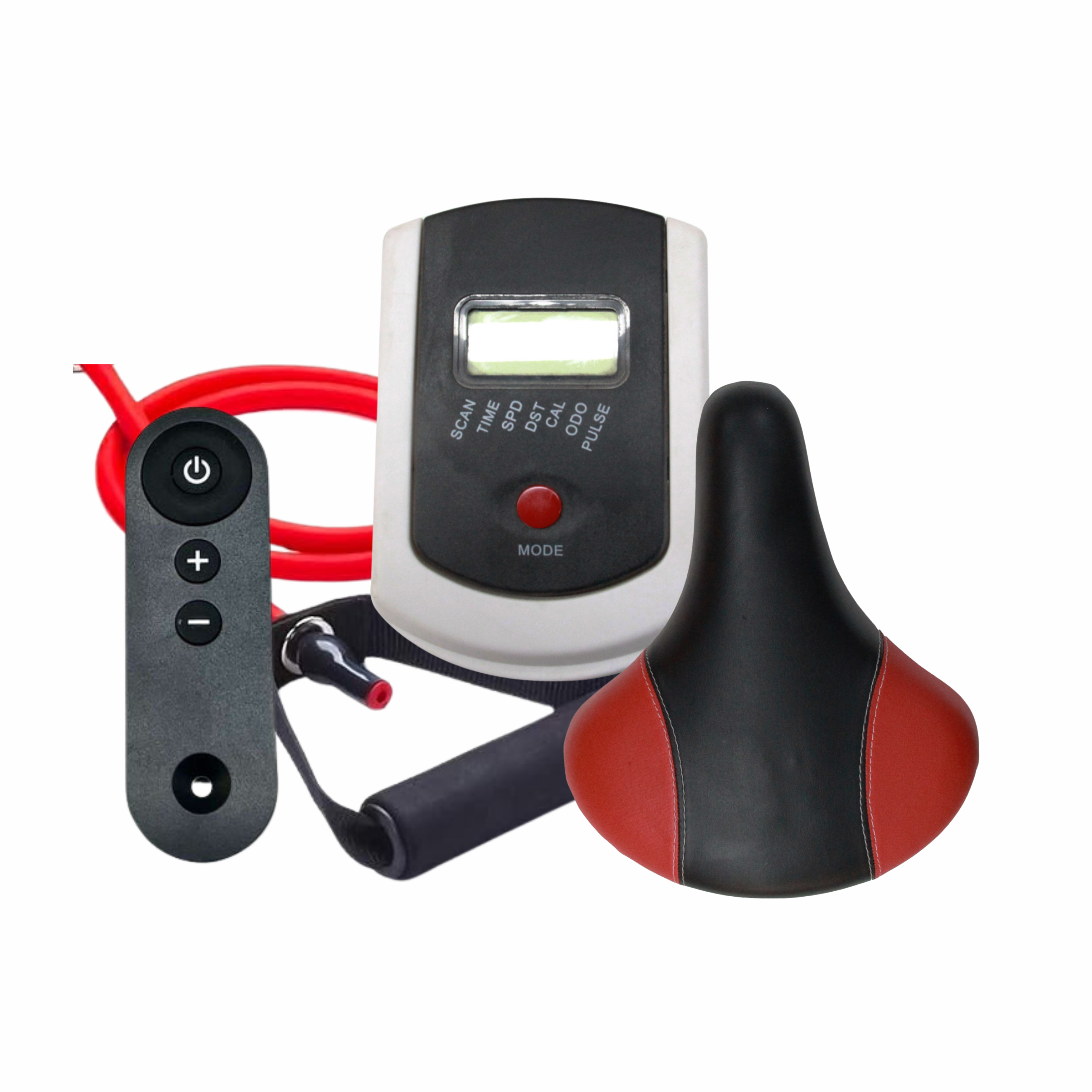
What if airbike resistance is too high?
Have you ever hopped on your airbike, ready to tackle your workout, only to find that the resistance feels like you're cycling through thick mud? 🚴♂️ Don't worry, we've got you covered! Let's dive into what to do when your airbike resistance is too high, and get you back to pedaling smoothly.
Understanding Airbike Resistance
Airbike resistance is like the dial on your favorite toy car. 🚗 When you turn it up, it gets harder to pedal. Turn it down, and it's easier. This resistance is what makes your workout challenging and helps you build those strong muscles!
Signs of High Resistance
Imagine trying to ride your bike with a giant elephant sitting on the back wheel! That's what it feels like when your airbike resistance is too high. You might notice that your legs get tired super quickly, and it feels like you're pushing against a brick wall instead of gliding through the air.
Why High Resistance Happens
Sometimes, our airbikes get a little grumpy and decide to crank up the resistance without asking us first! It could be because of old age, dust buildup, or even a glitch in the system. But don't worry, we'll show you how to tame that grumpy resistance monster!
Tips to Adjust Airbike Resistance
Checking Settings
- First things first, let's make sure your airbike settings are behaving themselves. Give the control panel a gentle tap and see if it wakes up from its nap. Sometimes, all it needs is a little reminder that we're in charge!
Adjusting Resistance Level
- If your airbike is still being stubborn, it's time to show it who's boss. Look for the resistance knob or buttons and give them a twist or press. Start low and gradually increase until it feels just right, like pedaling through a field of fluffy clouds.
Maintenance and Calibration
- Just like giving your pet a good brush and a treat, your airbike needs some love too! Make sure to clean it regularly and give it a tune-up when needed. Calibration helps keep everything in check and ensures that your workouts are smooth sailing.
Benefits of Proper Resistance
When your airbike resistance is just right, it's like having your own personal trainer cheering you on! You'll pedal faster, get stronger, and feel like a superhero conquering mountains with every push of the pedals.
Common Mistakes to Avoid
One common mistake is ignoring those strange noises coming from your airbike. It's like ignoring a rumbling tummy – eventually, it's going to cause a big mess! Keep an eye (and ear) out for any signs of trouble and address them before they become big problems.
Fun Facts About Airbikes
Did you know that airbikes were originally used by astronauts to stay fit in space? It's true! They're like the Swiss Army knives of exercise equipment – versatile, reliable, and oh-so-fun to use!
Summary
So there you have it, folks! When your airbike resistance is too high, don't panic. Just remember to check your settings, adjust the resistance level, and give your airbike some TLC. Before you know it, you'll be back to pedaling like a pro and enjoying every minute of your workout!
FAQs
What should I do if my airbike resistance is too high?
- Try checking the settings and adjusting the resistance level to find the sweet spot for your workout.
Can I fix airbike resistance issues on my own?
- Yes, with some simple troubleshooting and maintenance, you can often fix airbike resistance issues at home.
How often should I check my airbike for resistance levels?
- It's a good idea to check your airbike for resistance levels regularly, especially before starting a workout.
Are there any health risks associated with high resistance?
- High airbike resistance can lead to muscle fatigue and strain if not adjusted properly, so it's important to find a comfortable level for your fitness level.
Is it normal for resistance to fluctuate?
- Yes, airbike resistance can fluctuate due to various factors like temperature, humidity, and wear and tear. Regular maintenance can help minimize these fluctuations.
Follow us for latest updates.

